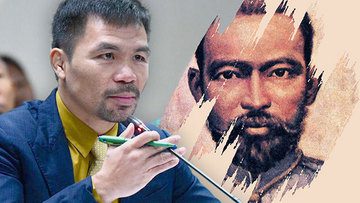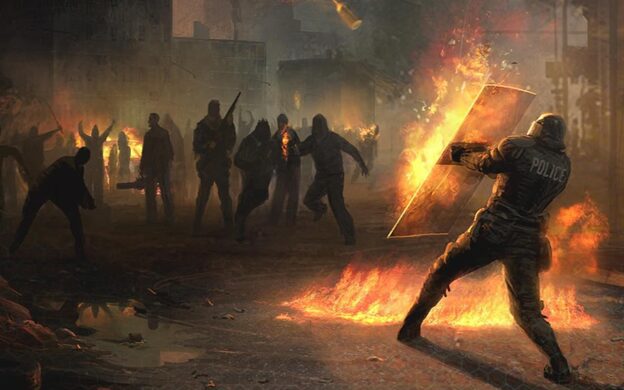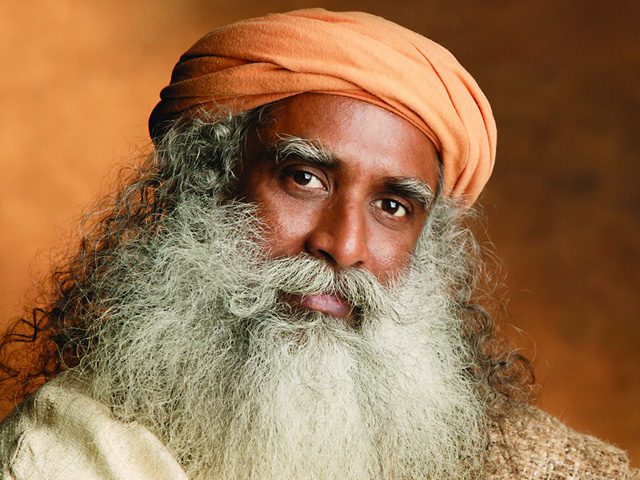- Explain the Copernican Revolution and the Galileo Affair. Please explain how these two events created Conflict between the Church and Science. What does this say about religious dogma versus scientific research? Please explain each case in detail and what it meant ultimately to the church.
The clash between religion and science occurred due to the desire to establish claims of truths based on a series of scientific research and observation. There would be no questions that religion and its principles have dominated for centuries to be a powerful force in the world. Any force that tried to change facts to destabilize religions would face a fantastic challenge against the religious and the scientific community alike. Nicolaus Copernicus and Galileo Galilei did inflate the skirmish between the conflicts of ideas and opinions concerning the universe and the standpoints of religion in the 16th century. The theories stated in the Copernican Revolution and the Galileo Affair sparked many controversies of their scientific positions on heliocentrism and other discoveries. Both scientists did not want to undermine the veracity of religion; however, they just wanted to advance their scientific theories for advancements. The challenge was tough since the religious and scientific community did not like what Nicolaus Copernicus and Galileo Galilei tried to implement. Both scientists confronted the challenge of the opening of the new ideas and the advancement of the truth of science, as well as the universe and heliocentrism. The works o Nicolaus Copernicus and Galileo Galilei received negative remarks that led to their defeat. In light of the discovery of truth, the Copernican Revolution and the Galileo Affair faced a multidimensional challenge from the religious and academic community to serve as a gripping reminder that powerful forces, such as governments and groups of acclaimed authorities could do something to silence those people who wished to change the truth in the world.
The idea of the Copernican Revolution stressed its shift to the domain of astronomy. Nicolaus Copernicus adopted the new principle that the sun is at the center of the solar system where the planets revolve around it. This geocentric understanding of the universe that the sun is the center of the solar system, not the Earth, attempted to change the view that Earth was the center of all since God as cited in the Bible made Earth possess the lives of all His creations. If Earth is not the center of the solar system or the universe, Copernicus’s ideas would forward an argument that there would be many people outside Earth in other parallel universes. This notion ignited a secret influence by “the wide-ranging philosopher Giordano Bruno whose involvement with Copernican view led to his execution as a heretic” (Gingerich 115). It would be sad to say that any person who tried to make further advancements to science and technology would confront an immense force for further executions if they clashed with the Roman Catholic Church. The infinite universe would make a promise that many unknown people outside Earth might exist. When Copernicus substituted the Earth to the Sun at the center of the universe, which he meant the solar system, the scientific community, as well as the religious group, had to consider this topic innovative and thought-provoking. In other words, this Copernican concept and view, filled with resistance and public rejection from the scientific community and religious groups, transformed the role of astronomy in society. Writer Owen Gingerich cited that “the action and mandate of Pope Benedict XIV accepted the heliocentric doctrine in Catholic schools in 1757, a century had passed before it gained recognition while numerous astronomers and philosophers imperiled their lives for this theory and view” (116). Despite the challenges, the Copernican Revolution made its way to the acceptance of heliocentrism theory.
Similarly, the Galileo Affair advanced a new conflict between religion and science. This conflict got personal when government leaders and members of the religious community charged him with heresy. As mentioned, this Galileo Affair became the most repeatedly discoursed case of a struggle between religion and science over a new truth and viewpoint. Galileo wanted to promote the Copernican concept of heliocentrism and invented a telescope to present the truth about the centrality of the sun and the function of the planet in the solar system. According to the religious group in the 16th century, as cited by Richard Blackwell, Galileo could provide “pieces of evidence of his assertions and fail to support his claims” (121). The Roman Catholic Church, as the sole authority of the Bible and the astronomical, political, religious, and social phenomena, refused to acknowledge Galileo’s standpoint since their assertions and claims that “no individual Christian should interpret the Scriptures contrary to the shared covenant of the early fathers of the church or contrary to the views of the pope and the bishops” (Blackwell 122). In other words, no person had the right to deduce some views concerning religion and its ethics since the bishops and the pope could only read it. As cited, those two high-ranking officials in the Roman Catholic Church only had the power to construe the Bible and its views” (Blackwell 122). For that reason, Galileo had no chance to expose himself to the public and the Roman Catholic Church about his involvement with the Copernican interpretation of heliocentrism until he finished his telescope.
Indeed, the clatter between religion and science fell under the element of principle. The intellectual turmoil in the wake of discovery and innovation posed risks to the Roman Catholic Church, as well as its disintegration. The escalation of Protestantism and the evolving scientific theories that would trash the veracity of the Bible in the works of Copernicus, Galilei, and many others posed risks to the church. With all these advancements, the church had to confront the fact that it had to embrace them or face the costs without burning the scientists alive.
Works Cited
Blackwell, Richard J. “Galileo Galilei.” Science and Religion: A Historical Introduction (2002): 105-116.
Gingerich, Owen. “The Copernican Revolution.” Science and Religion: A Historical Introduction (2002): 95-104.






